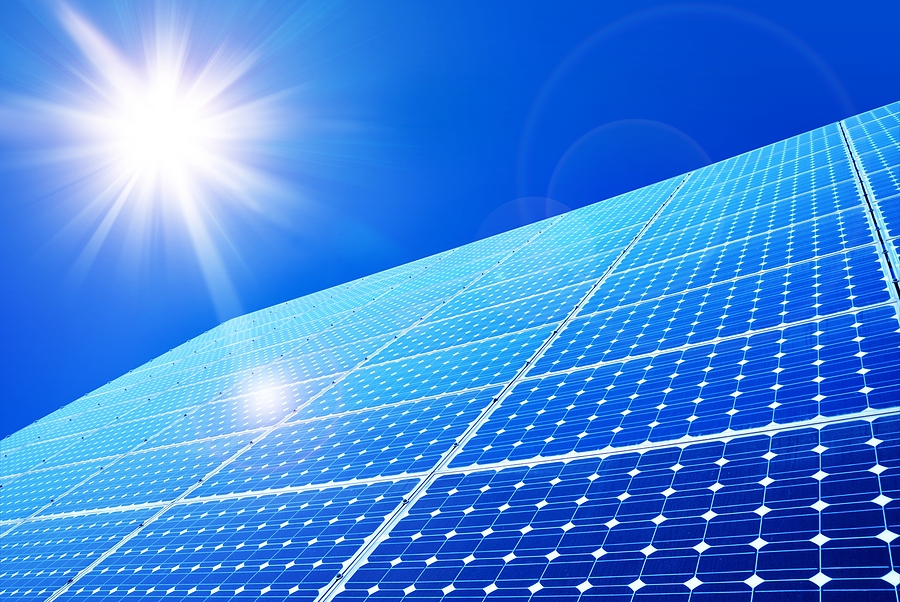According to the report of an independent consultancy Ember, global solar production recorded an increase of 23% in 2021. Along with wind energy, solar energy represents more than 10% of global electricity production in 2021. More exactly what is solar energy? What is the difference between solar thermal and photovoltaic? How do these devices work? What is the advantage of solar compared to other energy sources?
What is solar energy?
Solar energy is one of the renewable energies. As its name implies, the sun is the source of its generation. The rays of the latter are collected using sensors, notably installed on a roof or on the ground, and are transformed into energy which can be used for domestic objectives, in the field of agriculture or in enterprises.
A primary energy
Solar energy in Australia is a primary energy. According to the INSEE definition, “Primary energy is all unprocessed energy products, exploited directly or imported. These are mainly crude oil, oil shale, natural gas, solid mineral fuels, biomass, solar radiation, hydropower, wind power, geothermal energy and energy from fission of 'uranium'. It is employed in the generation of secondary energy like heat and electricity.
What can you do with solar energy?
Solar energy can be converted:
· in electricity , via photovoltaic
· or in heat, via thermal
Certain modules such as hybrid solar panels combine both technologies. They make it possible to produce electricity but also heat.
How to produce solar energy?
Solar energy can be used in many different ways, as shown just above. To produce solar energy at home, you must therefore install thermal or photovoltaic solar panels depending on your needs. Most of the time, these are installed on a roof or placed on the ground. These solar panels can capture rays and transform them into electricity or heat. Let's see how these technologies work.
Solar thermal energy: operation and technologies
Solar thermal energy makes it possible to produce domestic hot water (DHW), but also to provide your heating. To do this, the sensors installed in the panels collect the heat from the rays, which will then be transmitted to a heat transfer liquid. Depending on the use, the latter will be used to heat the domestic water of a solar water heater for example or for your heating system, in the radiators or the circuit of an under floor heating.
Several sensors exist for solar thermal energy.
Glazed surface sensors
These are the most installed sensors because they are suitable for everyday use. They are made of black tinted glass, which is used to capture heat. These collectors can produce water between 50°C and 90°C, for double-glazed collectors, according to ADEME.
Unglazed sensors
These are flexible and inexpensive sensors. They are a little less efficient, especially in winter, but can still heat water up to around 30°C. These are more often used to heat swimming pool water than for domestic hot water.
Vacuum sensors
More fragile and more expensive, vacuum sensors are made of tubes under an air vacuum. Their more advanced technology allows them to be more efficient, through better insulation and a reduction in heat loss. They can produce water up to 120°C in the best cases. But they are more fragile, their performance can quickly drop in the event of wear or loss of sealing.
Photovoltaic solar: operation and equipment
Photovoltaic solar power transforms the sun's energy into electricity. Solar Panel in Australia is made of silicon photovoltaic cells .Under the action of solar radiation; they are activated and begin to produce a direct current. It passes through a photovoltaic inverter which transforms it into alternating current. It can then be reinvested into the network
As with solar thermal, several technologies exist in solar photovoltaic.
Monocrystalline silicon
Here, the cells are composed of a large silicon crystal, cut into thin slices. These are then placed in an envelope, often made of plastic or glass. These cells offer a particularly high efficiency of around 20%.
As a reminder, the efficiency of a solar panel corresponds to the quantity of energy produced about the quantity of energy received. The closer it is to 100%, the more efficient the device is.
Polycrystalline silicon
These are panels made up of several silicon crystals. These cells offer a slightly lower efficiency than those of a monocrystalline panel. It is around 17%. In general, they are lower cost.
Amorphous silicon
Here, the panels are flexible and even bendable, sometimes called “thin-film”. They can therefore be installed anywhere and easily. The amount of silicon needed to make it is much less than polycrystalline or monocrystalline. The yield is therefore lower. It is around 7%. Lightweight, they are mainly used for nomadic use.





Comments